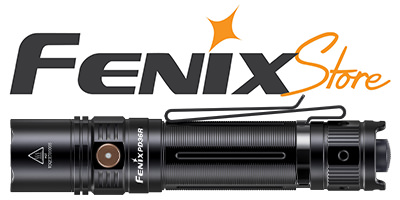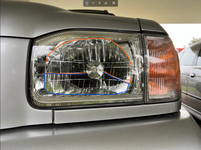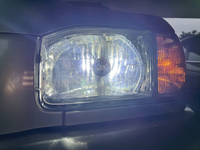crdiscoverer
Newly Enlightened
I didn't bother reading absolutely all replies, but I just installed a set of the newer version (black bulbs) of the street legal Osram Nightbreaker LED in my Pathfinder r50 (H4 reflector housings), so I can tell you how things went:
My Pathfinder has very crappy reflectors. With incandescent bulbs, the low beam cutoff is relatively sharp and the hotspot is acceptable and bright, but there is absolutely no width to the beam and there is also a massive dark area started just below the cutoff. So, instead of a wide, even light blanket, it casts a narrow, bright and far away cutoff and nothing elsewhere. Good for road signs, not so good for hazards on the shoulder or potholes. The high beam is a bit better, but the reflectors are crafted in a way that you effectively lose all your low beam light, so the dark area in front of the car is now larger, further down the road. You can actually see your low beams "turning off".
You may say this is how H4 reflectors are designed to work and that light closer to the car sacrifices your night vision, but I also have a car with Koito 7" H4 reflectors (widely regarded as the best H4 reflectors ever made) and there's simply no comparison. The Koitos are wide, flat, even and bright and the high beam retains all the light from the low beam. I have had no need to replace the incandescent bulbs in them.
So, anyway, the Osrams are brighter and somehow make the beam pattern even sharper, they trump even the incandescent somehow, their design is just that good. One of the main advantages about the Osrams is that there is little to no brightness drop off as they get hotter (especially compared to cheap Chinese bulbs which shine extremely bright, but for like 5 minutes).
But, the Osrams will not magically fix a bad reflector design. The same bright far away cutoff, the same dark patches, it's all basically enhanced by the LEDs. I should have inferred all this before buying them, but I was hopeful they would fill in some of the gaps in the reflector. Alas, they did not.
So in short, I strongly recommend the Osrams for H4 reflectors, provided you are happy with your current beam pattern and you want a brighter, whiter light. They won't blind anyone and if anything, there's less stray light than with the incandescent bulbs somehow. If you are starting off with a bad reflector, don't waste your money. You will need to do a projector retrofit if you want proper night lighting.
My Pathfinder has very crappy reflectors. With incandescent bulbs, the low beam cutoff is relatively sharp and the hotspot is acceptable and bright, but there is absolutely no width to the beam and there is also a massive dark area started just below the cutoff. So, instead of a wide, even light blanket, it casts a narrow, bright and far away cutoff and nothing elsewhere. Good for road signs, not so good for hazards on the shoulder or potholes. The high beam is a bit better, but the reflectors are crafted in a way that you effectively lose all your low beam light, so the dark area in front of the car is now larger, further down the road. You can actually see your low beams "turning off".
You may say this is how H4 reflectors are designed to work and that light closer to the car sacrifices your night vision, but I also have a car with Koito 7" H4 reflectors (widely regarded as the best H4 reflectors ever made) and there's simply no comparison. The Koitos are wide, flat, even and bright and the high beam retains all the light from the low beam. I have had no need to replace the incandescent bulbs in them.
So, anyway, the Osrams are brighter and somehow make the beam pattern even sharper, they trump even the incandescent somehow, their design is just that good. One of the main advantages about the Osrams is that there is little to no brightness drop off as they get hotter (especially compared to cheap Chinese bulbs which shine extremely bright, but for like 5 minutes).
But, the Osrams will not magically fix a bad reflector design. The same bright far away cutoff, the same dark patches, it's all basically enhanced by the LEDs. I should have inferred all this before buying them, but I was hopeful they would fill in some of the gaps in the reflector. Alas, they did not.
So in short, I strongly recommend the Osrams for H4 reflectors, provided you are happy with your current beam pattern and you want a brighter, whiter light. They won't blind anyone and if anything, there's less stray light than with the incandescent bulbs somehow. If you are starting off with a bad reflector, don't waste your money. You will need to do a projector retrofit if you want proper night lighting.




